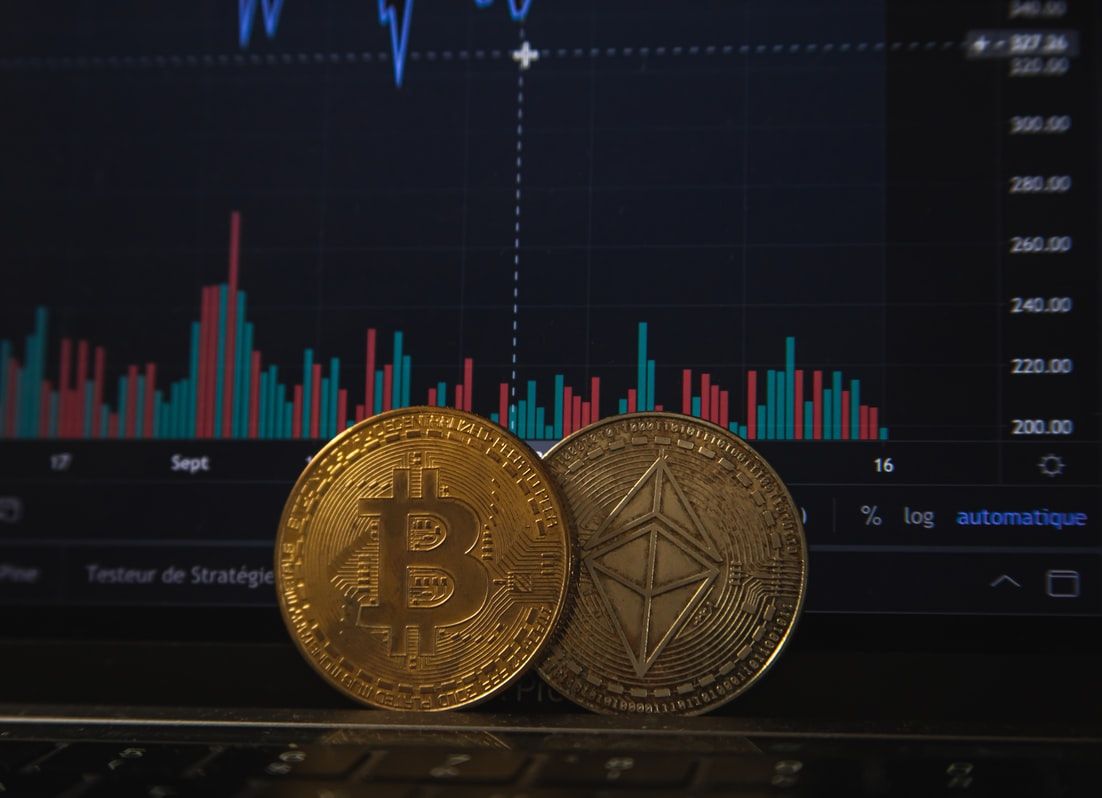BTC/USD oscillates around $38,00 in mid-Tuesday trade, after falling for a few weeks. The pair was in the process of testing $38,000 support at the time of writing. Despite the “out of hours” trading environment, the trend was clearly down for the largest cryptocurrency, as the mood on global equities wobbled among analysts.
Also Read| Top 5 cryptocurrencies of the day: BTC up by 1%, Chiliz trends at no. 1
As the consolidation between $36K and $45K levels continues, Bitcoin’s price has been able to establish support in the $36-37K zone yet again. Given the present bullish momentum, a retest of the 100-day moving average and finally, the $45K resistance zone appears to be near.
Also Read| Gold, silver and other metal prices on Tuesday, March 15, 2022
The latter has proven to be a strong supply zone, rejecting the price many times in recent weeks. If this level is ultimately broken, the next objective is expected to be the 200-day moving average ($49K), which is one of the most important indications for determining whether the market is bullish or bearish.
Also Read| J K Paper shares surge 7%, hits 52-week high on improved business prospects
Bitcoin fear and greed index on Tuesday, March 15, 2022, went from the extreme fear level of 23 to the level of 21 as per the alternative. me. The Fear and Greed index is a technique for assessing investors’ emotions toward the market.
Also Read| Sensex dips 150 points while Nifty around 16,840 in early trade
Bitcoin is currently trading around $38,768.77, up 0.27%. In the last 24 hours, the highest it touched was $39,742.50 and the lowest was $38,544.62. Bitcoin has a current market cap of $735,482,811,113. It has a circulating supply of 18,983,806.00 BTC coins and a maximum supply of 21,000,000 coins.
Also Read| US Stock Market: DJIA, S&P500, Nasdaq and Russell finished mixed on Monday
Ukrainian government launches crypto donation website
Crypto exchanges FTX and Kuna and staking platform Everstake have partnered with Ukrainian government officials to launch a donation website for users wishing to send crypto to help the country and its people. In a Monday announcement, Ukraine’s Ministry of Digital Transformation said the government had launched Aid for Ukraine, a platform that accepts donations in Bitcoin (BTC), Ether (ETH), Tether (USDT), Polkadot (DOT), Solana (SOL), Dogecoin (DOGE), Monero (XMR), Icon (ICX), and Neo (NEO) “to support people in their fight for freedom.” Many parts of the country have been under attack by Russia’s military since Feb. 24. According to the website, users have sent more than $48 million in crypto at the time of publication, roughly 24% of the platform’s $200 million goals. The funds will be sent to the National Bank of Ukraine and used for “ammunition and necessities” to support the country’s armed forces and humanitarian aid programs. Fiat donations to Ukraine’s central bank in various currencies are also accepted. “Aid For Ukraine shows how the global crypto community and the traditional financial system can work together,” said Solana Labs co-founder Anatoly Yakovenko. “Crypto donations to the DAO are stored and governed on-chain, then transferred to FTX, a centralized exchange, to be sold for fiat USD sent via SWIFT to the Ukrainian government.”
Also Read| Trending Stocks: Reliance, Nazara Tech, RITES, HUL and others in news today
European Parliament has approved a crypto-legislative package by a vote of a large majority
The European Parliament’s Committee on Economic and Monetary Affairs (ECON) has passed the much-anticipated Markets in Crypto Assets Regulation (MiCA) legislative package, which aims to coordinate the EU’s regulatory approach to the crypto industry. After an earlier vote on Monday, the legislation does not include language about a proposed ban on proof-of-work mining, which was framed as a “de facto Bitcoin ban.” The legislation passed an ECON vote with a 31-23 majority, with four individuals abstaining. One of the top priorities of the legislation is “ensuring that the EU financial services regulatory framework is innovation-friendly and does not pose obstacles to the application of new technologies,” according to the MiCA package text. The package also takes aim at four “general and related objectives,” including achieving legal certainty for the industry. “For crypto-asset markets to develop within the EU, there is a need for a sound legal framework, clearly defining the regulatory treatment of all crypto-asset that are not covered by existing financial services legislation,” the legislation says. In addition, MiCA aims to “support innovation”; “instil appropriate levels of consumer protection and market integrity”; and “ensure financial stability.” The final point about financial stability is also tied to the stablecoin market. MiCA’s authors do not believe the crypto market poses a threat to financial stability today, but they believe this could soon change due to stablecoins: “This may change with the advent of ‘global stablecoins,’ which seek wider adoption by incorporating features aimed at stabilizing their value by exploiting the network effects from the firms promoting these assets.”







